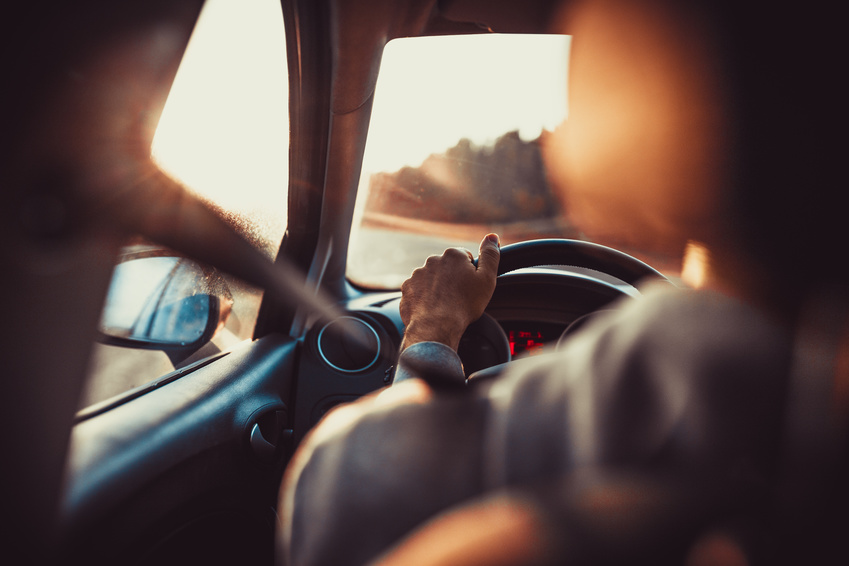The fall equinox has just passed, and you’ve probably noticed that the sun has been setting earlier and earlier over the last few weeks. As winter approaches, the nights will get even longer. With shorter days comes more drivers coming home from work, school, and errands on dark roads.

Stay safe this autumn and winter by following these five night-driving safety tips:
- Use Your Lights Wisely
Good headlight and taillight etiquette and maintenance are essential for nighttime road safety. Every now and then before driving at night, make sure to get out and check that all of your lights are clean and working properly. Replace any broken bulbs. When on the road, be considerate of other drivers and turn off high beams when following or passing cars. In misty or snowy conditions, turn on low beams or fog lights to boost visibility. Finally, turn on headlights about an hour before sundown to help other drivers see you during twilight. - Watch for Animals
Headlights and dark roads can create a sort of tunnel-vision effect which makes seeing pedestrians and animals difficult. Keep your eyes moving, check your mirrors, and check the shoulder occasionally to avoid “zoning out.” Watching for the reflective nature of animals’ eyes can also help you spot deer or other critters before an accident happens. - Don’t Stare at Other Headlights
Headlights from passing cars can create frustrating, blinding glare. Your pupils adjust for the incoming flood of light, which makes seeing the dark road behind the passing car difficult. Avoid being temporarily blinded by looking at the white lines on the side of the road. This technique allows a driver to stay in their lane while avoiding as much of the other car’s beams as possible. - Clean Your Windshield
A dirty windshield might seem like a minor nuisance during the day, but at night, beams from headlights and streetlamps can illuminate dust and grime and impair your vision even more. Clean both the inside and the outside of your windshield regularly for maximum visibility and safety. - Stay Awake
Finally, driving at night can make remaining alert even more difficult. The darkness is less interesting to look at, and greater strain on the eyes encourages them to close. Try to keep the car cool to avoid sleepiness from warmth, turn up the radio, and take breaks as needed to avoid dozing off.
Did you know? In the U.S., three million people are injured in car accidents every year, and more than 40% of all fatal accidents occur at night. Unfortunately, less daylight doesn’t necessarily mean shorter days for workers and students. Drive your way through the darker months by using these tips to stay safe on the road.





Leave a Reply